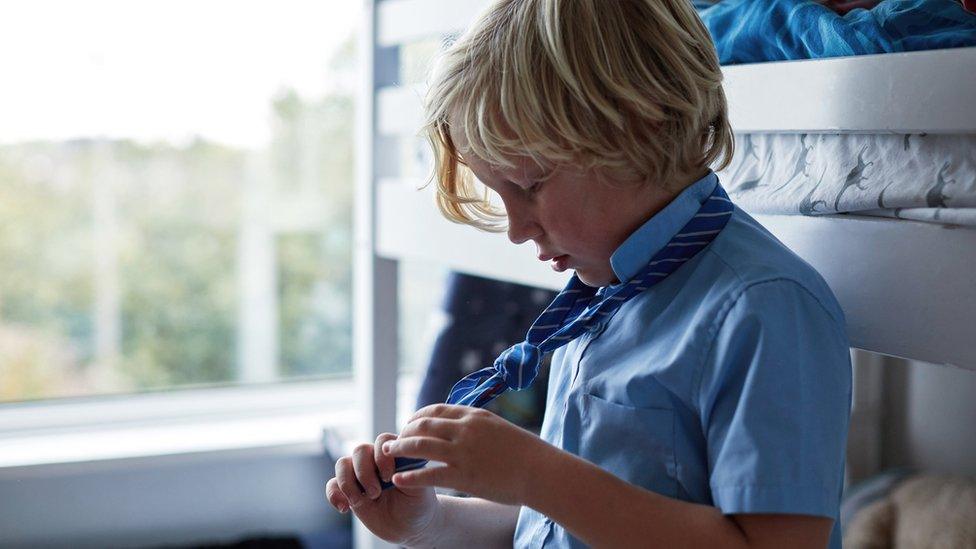Are branded school PE kits on the way out?
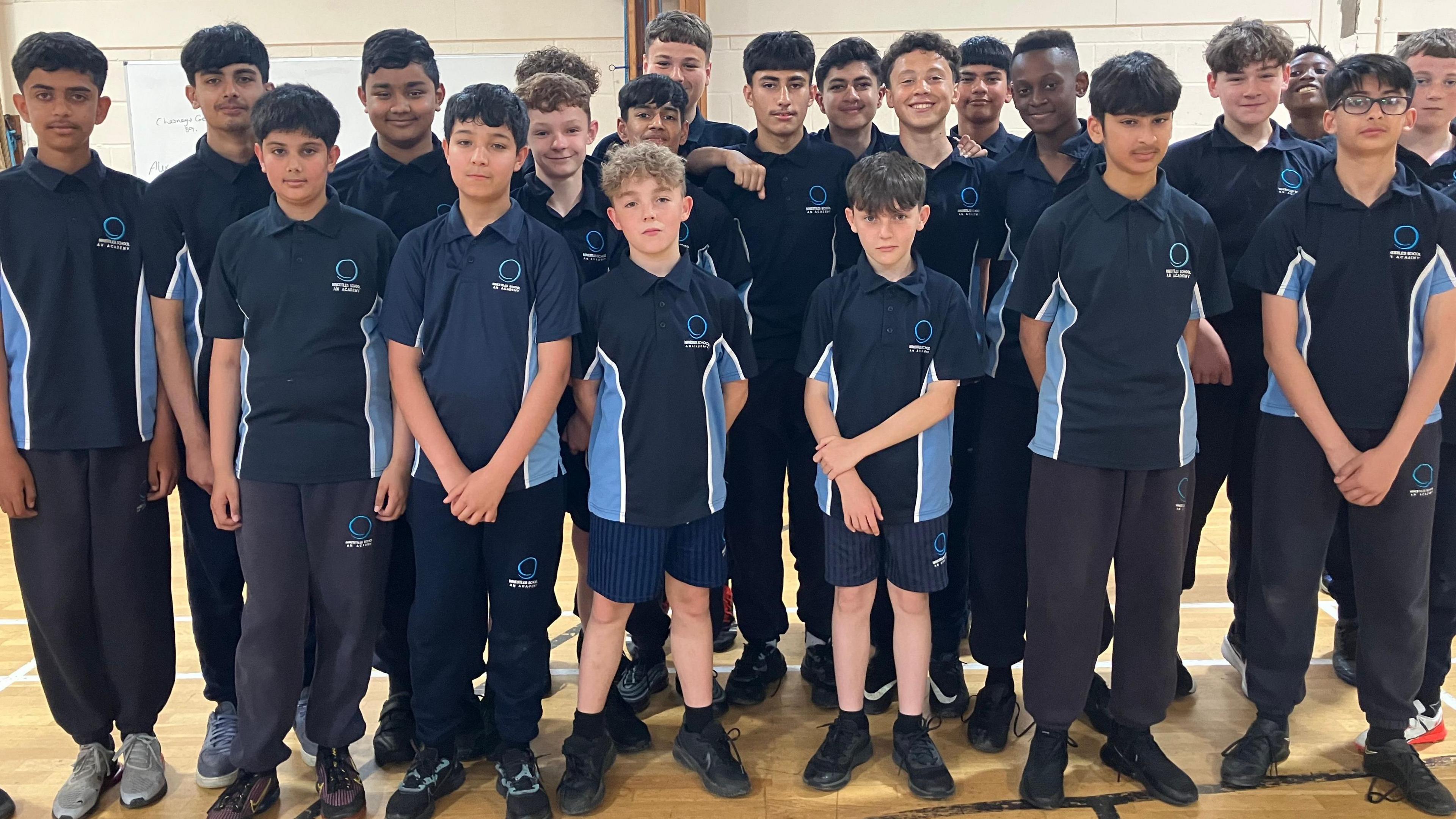
Many schools, such as Ninestiles in Birmingham, say compulsory PE kit creates unity
- Published
With schools in England breaking up for summer, many parents will soon be turning their thoughts towards getting their children's uniforms sorted for the new academic year.
Current rules tell head teachers to keep items with school branding on to a minimum.
But in the King’s Speech, the new government promised to limit the number of branded items schools require.
For many, that will mean a change to PE kits.
The aim is to reduce costs for parents - but it comes with a well-rehearsed discussion about the potential downsides.
‘Too expensive’
Student nurse Anna Aponik is already saving for her daughter’s secondary school uniform.
Ms Aponik picked up a skirt and trousers at the school's second-hand shop, in Gloucestershire, but must buy a blazer, tie, hoodie, and PE kit - which includes leggings, football socks and a top - from the only local uniform store.
“The white shirt is the only thing I can buy from a range of shops,” she says.
Adding it all up, she says it will cost at least £106 for each of her three children and would welcome a cap on the number of branded items.
“I’m a student nurse and my husband is a bus driver, so finances are limited – we are trying to cut costs everywhere and we don’t really go out as it is too expensive - so buying school uniform means not buying something else," Ms Aponik says.
School uniform policies vary across the country and schools enforce the rules in different ways, including sending pupils home.

Student nurse Anna Aponik, 43, does not understand why her family cannot buy trousers, skirts, and PE kits in supermarkets, as they did for primary school
Two out of every three secondary school parents find uniforms too expensive, a Children’s Society survey of 2,000 parents suggests, and one in three need to buy four or more branded items.
“Many families are still having to fork out hundreds of pounds each year,” chief executive Mark Russell says.
There is “much more to do” to lower the cost - and he wants the number of branded items limited to two.
Schools are already required, by law introduced in 2022, to:
Keep the use of branded items unique to the school to a minimum
Avoid single-supplier contracts
Ensure second-hand uniforms are available.
Before coming to power, Bridget Phillipson, now the education secretary, said the number of branded items should be limited to three., external
Most of 272 schools surveyed by the Schoolwear Association said sports leggings and inner layers would be taken off the uniform list following the changes.
“That has a massive potential implication,” industry chairman Matthew Easter says.
“Participation in sports is dropping off - and if you then add to that the fact that students might be anxious because they do not have the brand that their friends have, I think you'd see a bigger drop off.”
But the government says costly branded PE kits are themselves a barrier to participation - and no child should be excluded or discouraged because they do not have the right kit.
Research has previously shown that lack of confidence, schoolwork pressures and feeling self-conscious in gym or sports gear were among the reasons for girls dropping out of sport.
At Ninestiles academy, in Birmingham, the uniform list includes four branded items - a blazer, a tie and a PE top and shorts.
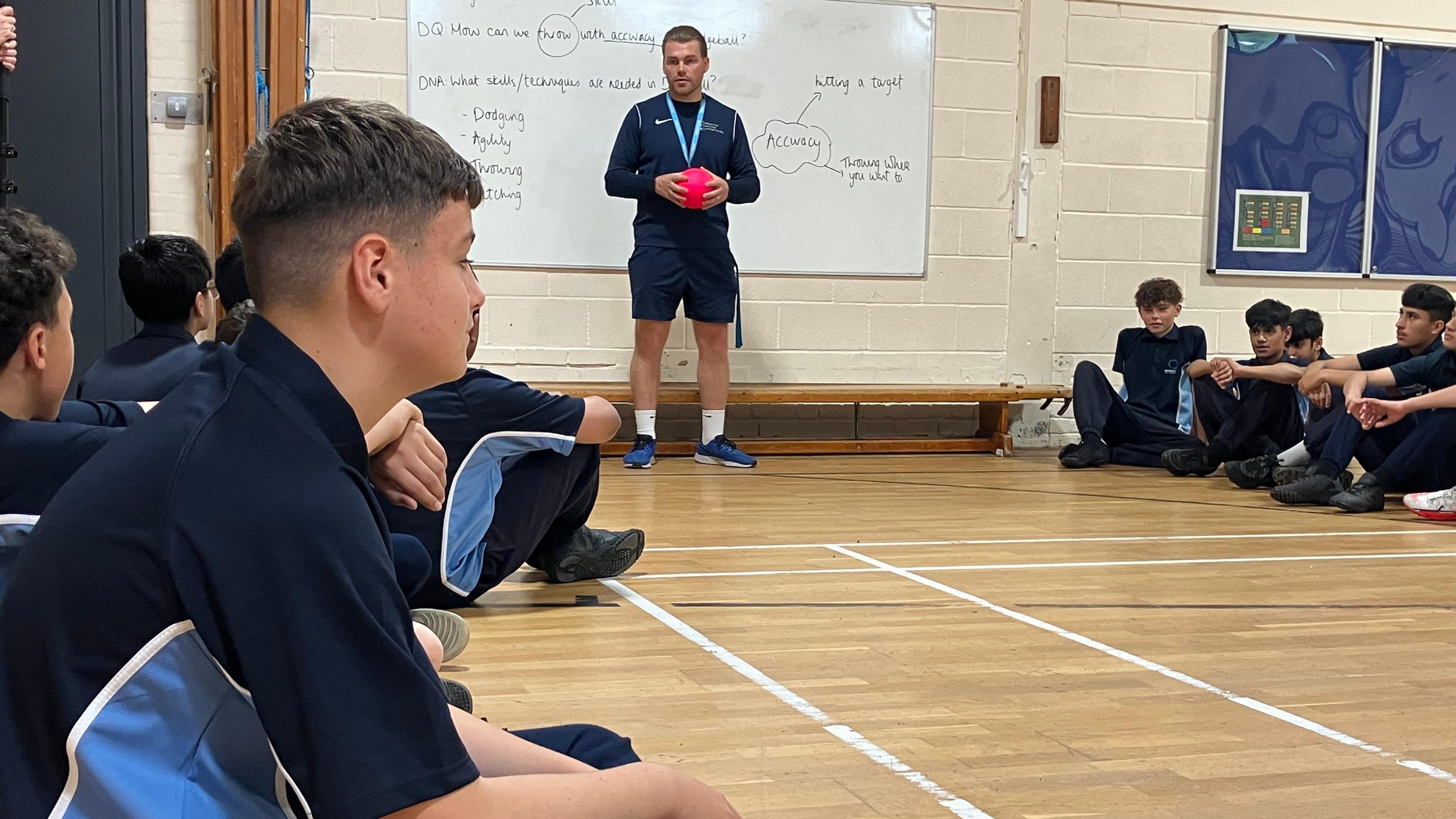
Ninestiles says it has kept the number of branded uniform items low to help families with costs
And despite agreeing the current guidance is “a little bit vague”, principal Alex Hughes says the PE kit “makes sure that nobody is stigmatised or stands out from not having the latest item or the most branded sportswear”.
The school will follow the new rules - but Mr Hughes worries they could see families buying expensive branded sportswear “that might actually create less unity amongst our community”.
Head-teacher unions, meanwhile, say most schools already work extremely hard to ensure their uniform is affordable, and will feel "reasonably comfortable" with the new restrictions.
"But it will be important that the government engages on the finer detail, simply to avoid any unintended consequences", James Bowen, from the school leaders’ union NAHT, adds.
Second-hand uniforms
In Huddersfield, families who want help with the cost of their uniforms are usually signposted towards the Uniform Exchange.
It collects second-hand uniforms from more than 180 schools and expects to send out 7,000 bags with a full uniform and PE kit this year.
But over the past two years, its founder, Kate France, has noticed fewer PE kits donated, as schools change policies.
“Every time a logo or branding for a specific school gets taken off a list, we see less of it on our shelves, because it is no longer classed as a school-only item," she says.
"So people keep hold of it and use it for other things."
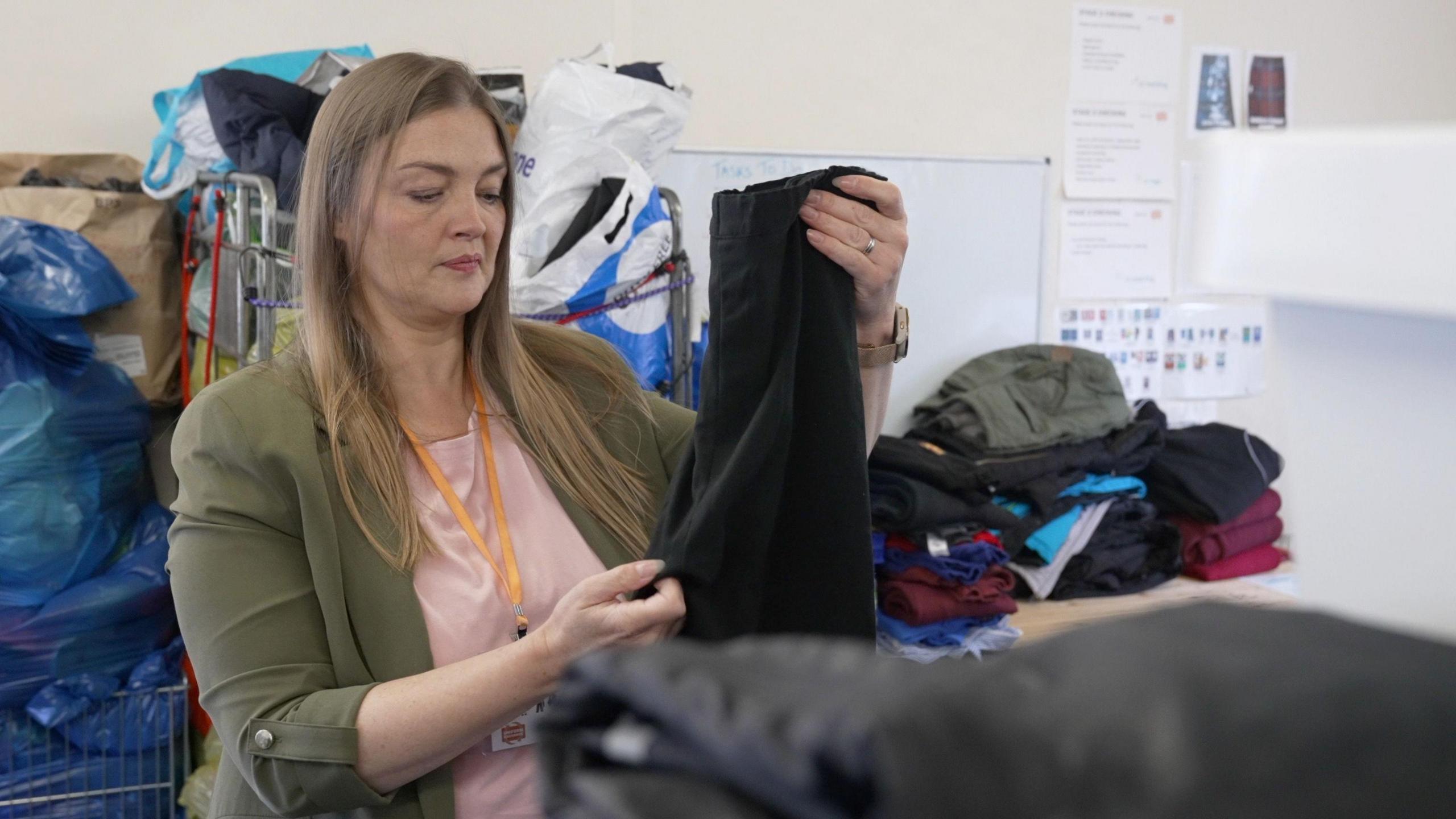
Kate France, from the Uniform Exchange, in Huddersfield, fears tighter restrictions could reduce donations further for struggling families
Mrs France would like to see schools maintain logos for at least five years, rather than changing the rules again.
“We've seen nonsensical changes where it's hardly a change at all and then the school expects their children to have them by September," she says.
"That’s frustrating for the parents and for us because we're ragging [throwing away] hundreds of items of quality uniform."
The Department for Education is looking at all the available evidence and has not yet made a decision on the exact number of items to which schools will be limited.
But it says it is clear the move will not only "help reduce costs for parents" but remove "barriers to children accessing sport".
Get in touch
What are your thoughts on reducing branded school uniform?
Related topics
- Published11 October 2023
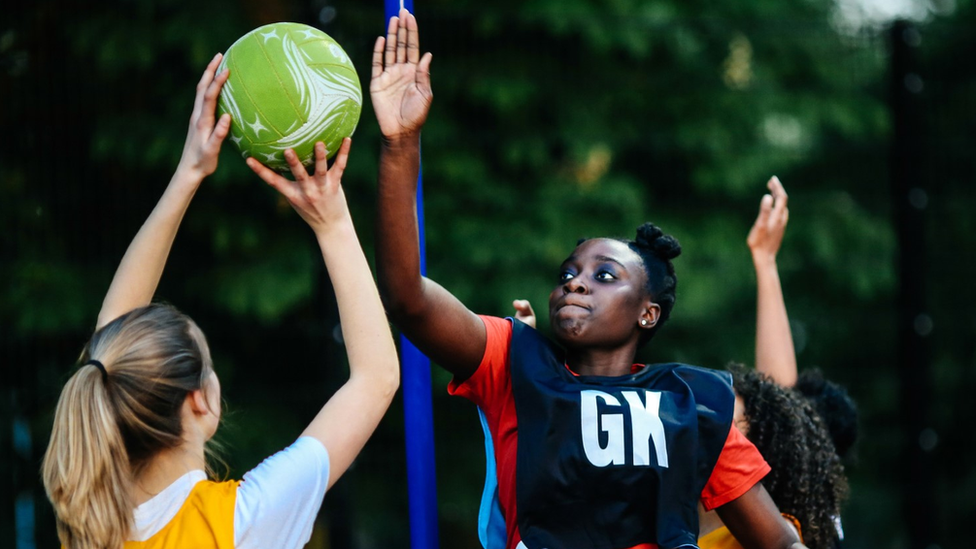
- Published14 June 2024
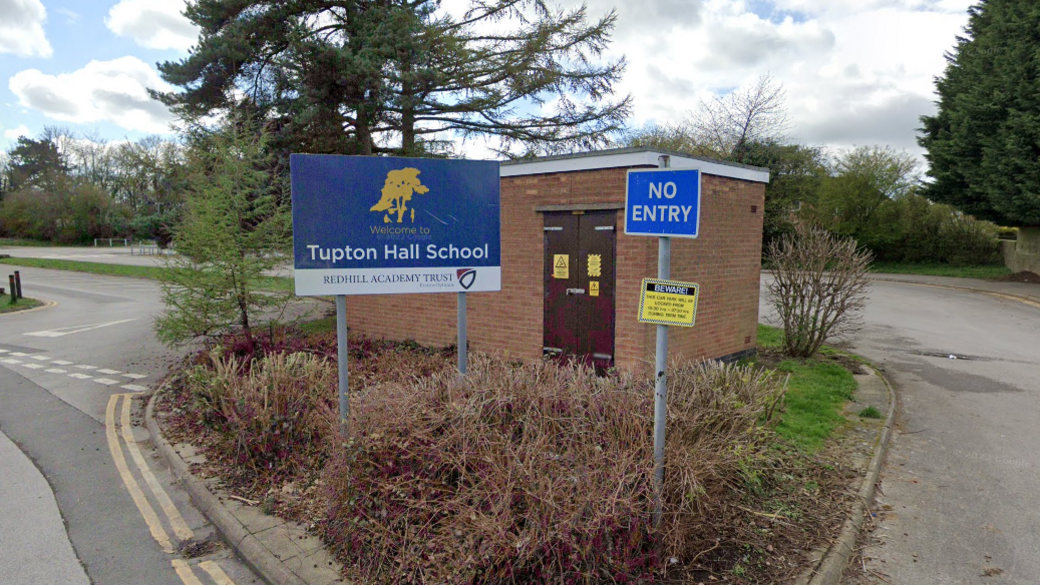
- Published28 June 2023
